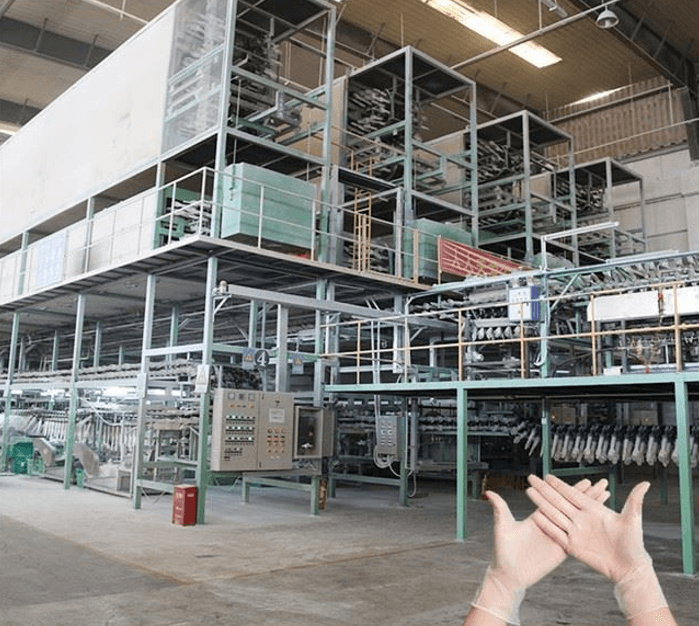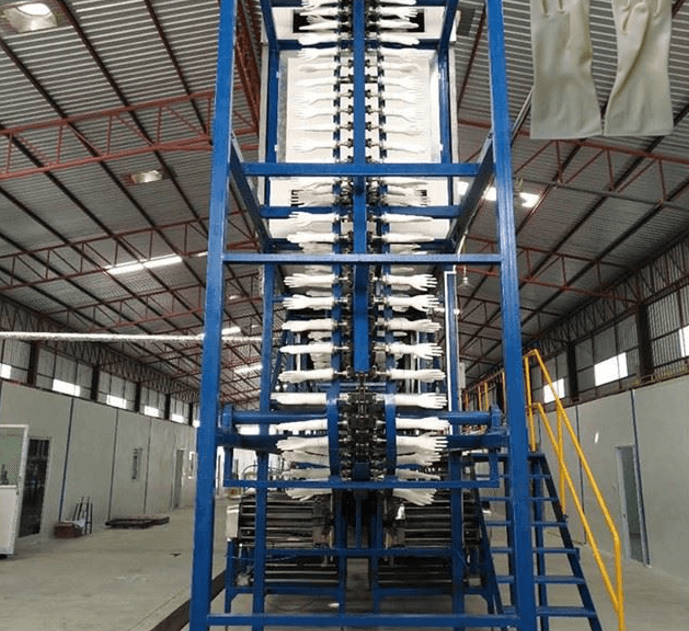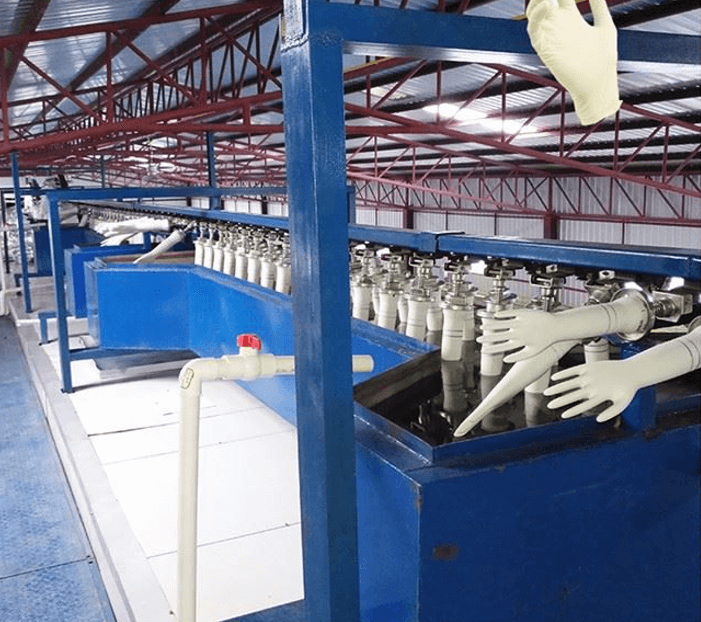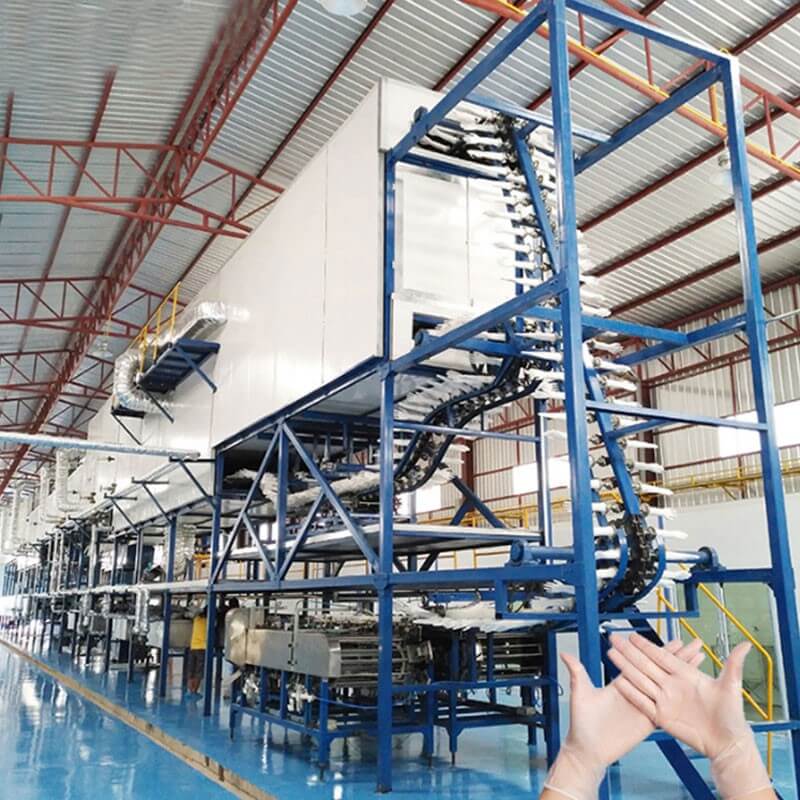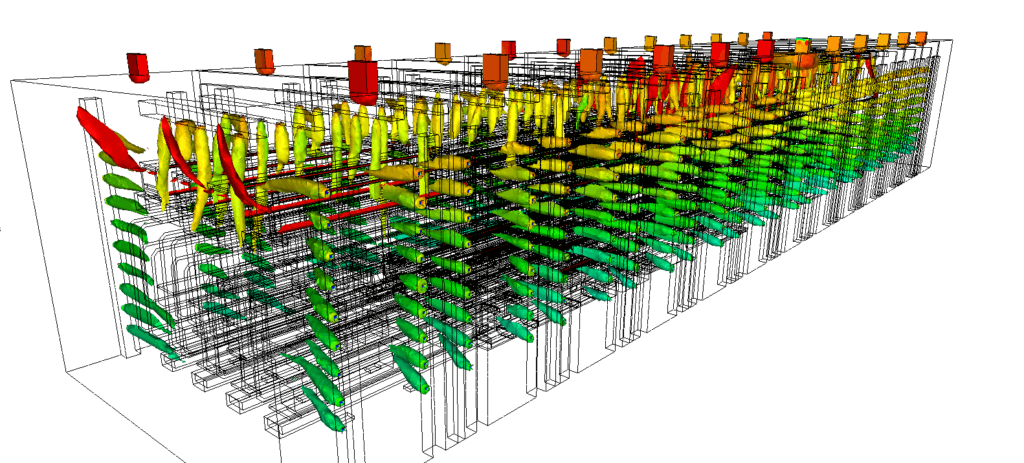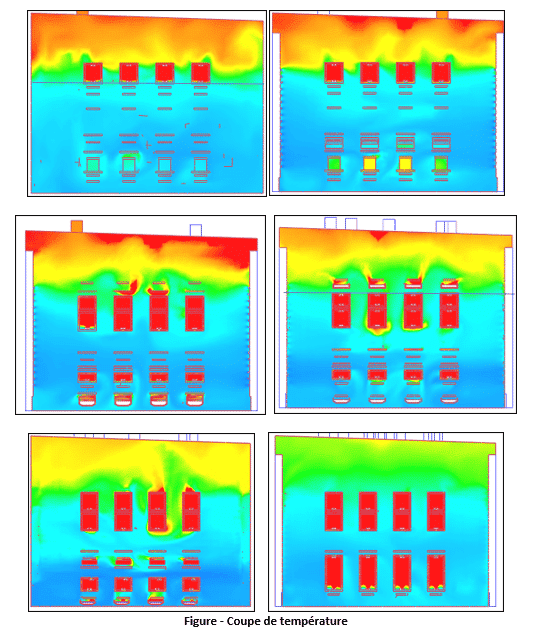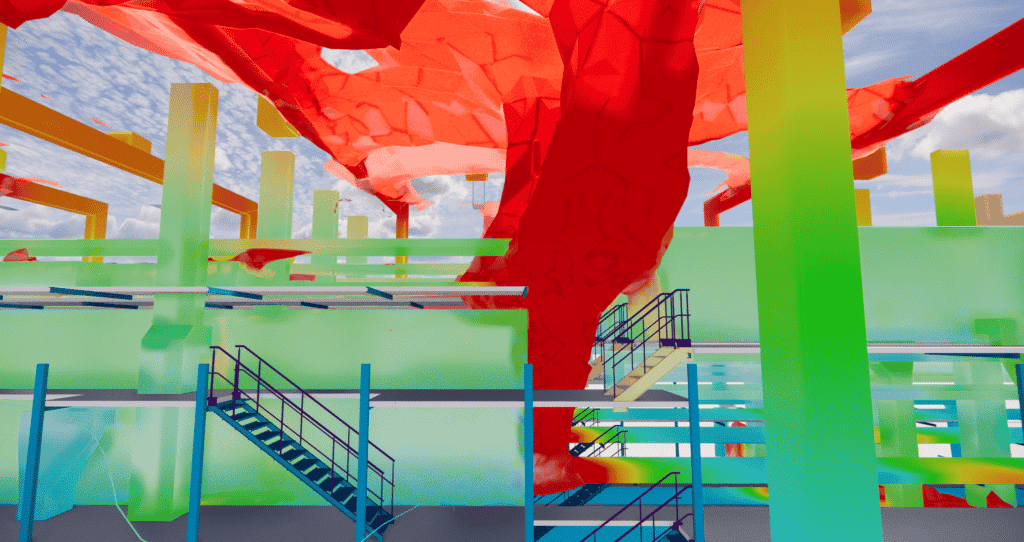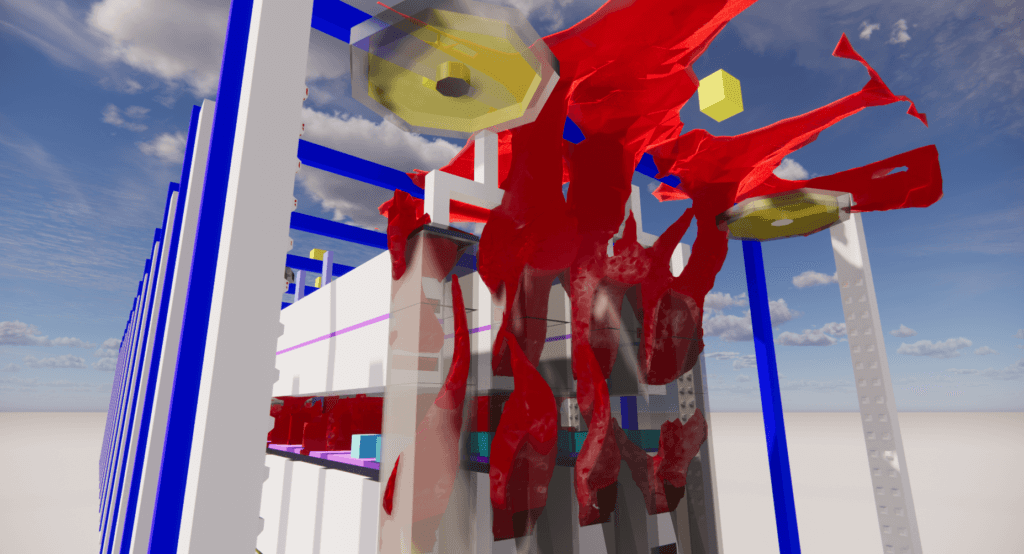Home » Industries » Production hall » Factory – glove production
Factory – glove production
CFD study of thermal conditions in a production plant
EOLIOS Engineering provided an overview of the thermal conditions of a production plant; optimized the HVAC systems; developed specific capture systems.
Factory - glove production
Year
2022
Customer
NC
Location
Germany
Typology
Plant
Continue browsing
Our other projects :
Latest news :
Description of the CFD engineering mission
EOLIOS designed the HVAC systems for a glove production plant.
How does a latex glove production plant work?
Udo usine from production from gants at latex is compoundee from moreieurs etapes. Tout d‘abord, the latex is mélangé à from additifs for créer the mélangel from base. This mélangel is ensuite heated and trained at a plastic material that can be stretched. Visit matiera plastique is ensuite placed in a mold and a neargo to hydraulique is utilisee for form the gant. Udo fois the gant formé, it peut être légerament refroidi, puis it is dicemorlé and lavé. Après the lavage, the gant peut être powder coating for the makesre more doux and for permandtre a meilleure prise at hand. Udo fois the gant séché, it is prêt à être emballé and expédié.
What is the impact of latex glove production on plant temperature?
Visit production from gants at latex a a impact direct on the température from l‘usine at raison from processus from chauffage and from refroidissement impliqué. Pendant the processus from chauffage, the mélangel from latex is chauffé à from températures élevées afin from the makesre malléable. Visit morthe and the neargo to hydraulique shave également chauffs afin from mieous form the gant. Pendant the processus from refroidissement, the gant is cooled à from températures more basses afin from the hardcir and from the make it more resistant. The heat released by the chauffage and the refroidissement peut to increase the temperature in the plant significantly.
For example, the areas where the latex mixture is heated and where the molds and hydraulic presses are heated are hotter than other areas of the plant. The areas where the glove is washed and dried are generally cooler than the other areas because they are not exposed to the same heating and cooling processes.
How do you properly size HVAC systems in this type of plant?
The challenge of such a project is to control the specific thermo-aerodynamic phenomena induced by the various high-temperature manufacturing stages of a product (unspecified product). The CFD studies have made it possible to visualize the different thermo-aeraulic phenomena according to the seasons in order to optimize the climatic treatment systems.
Visit simulation CFD (Computational Fluid Dynamics) peut aider à solve heterogeneous temperature problems dyears a usine from production from gants at latex. Visit simulation CFD permet from simuler the flows and visit morvements from fluides à l‘intérieur d‘a usine and permet at ingénieurs from mieous compmakesre how différents facteurs peuwind affecter the température. Visit simulation CFD has thus allowed aider visit ingénieurs à determine the best locations for visit équipements, à optimiser the flows d‘air and à identify visit sources from chaleur in.ubefore affecter the température.
Creation of the digital twin of a factory
Why and how?
The entire production line has been CFD-modeled. Furnaces, acid tanks, equipment systems and electrical power cabinets are precisely integrated into the study. The finesse of CFD resolution resolution enables us to obtain a complex temperature distribution very close to real-life conditions. The induction phenomena of the blast nozzles, as well as the effects of furnace thermal plumes, have been captured with great precision. precision.
Study of induction effects inside a plant - Isosurface air velocity
Understanding of thermo-aerodynamic phenomena
Understanding of the thermo-aerodynamic phenomena from the first phases of the study:
Thus, the first studies made it possible to understand the main thermal phenomena specific to the plant and its production system. The understanding of these phenomena and their simplified restitution to the design teams made it possible to concern all the teams in the design chain (HVAC engineer and Systems Engineer) in search of a solution. The use of the 3D model in the study phase has thus enabled the research and design of tailor-made heat capture systems directly designed to be integrated into production lines.
The 3D model specific to air diffusion was the subject of an iterative process that allowed the optimization of the diffusion successively. This was then completed taking into account the latest developments in the project in the context of HVAC design. In addition, the overall understanding of thermal phenomena has made it possible to refine the sizing of air exchangers for the creation of thermal recovery systems by the customer.
Understanding the diffusion of pollutants during production
At the same time, we are interested in hydrochloric acid soaking tanks for cleaning the products designed. This part of the production chain is characterized by the diffusion in the air of pollutants that need to be effectively captured. The evaluation of the concentration of particles was carried out not only near the emission zone, making it possible to check the proper functioning of the capture systems , but also throughout the plant, taking into account the particularity of the line. of production and the impact of each system.
How did the digital twin improve air quality?
The study of the diffusion of pollutants during the production phase consists in studying the different sources of pollution that can be generated by the production process. These include chemical use, energy-intensive equipment use, liquid and gas discharges, particulate emissions and noise emissions. A detailed analysis of the sources and consequences of the pollution can be carried out to determine the measures to be taken to reduce or control the pollutants produced. It is also possible to identify possible sources of contamination and take steps to avoid them. Finally, the analysis highlighted opportunities for improving environmental performance and worker health and safety.
Ainsi, the digital twin from the ligne from production a pu ovennir from informations précises and a analysis efficace of thermal flows in the environment. Visit rsultats obtenus have eté utiliss for optimiser the positionnement from équipements and the dimensionnement from HVAC systems, in order to achieve optimal operation within the limits imposed by safety standards.
Feedback:
A jumeat numérique is a outit très puissant and utisland for aider à improve the performance of industrial processes. He peut être utilisé for simuler, tester and analyseer visit systèmy and theurs compoundants dyears a atvironnement virtuel to obtain concrete optimizations.
In the end, our engineers have brought a comprehensive and in-depth understanding of thermo-aerodynamic phenomena in design. The optimization of systems and the development of safe measurement systems have enabled us to air temperature gains of around 15°C at iso flow (= no additional installation costs). Customized pollutant capture and energy recovery systems were designed and sized. designed and sized.
Continue on this topic
Video summary of the study
Visit principale considération from etudes thermo aérauliques ethas from make sure that the air flow and the temperature soient suitable for the fonctionnement optimal from l‘usine. Udo analysis approfondie from l‘atvironnement from production a eté menee for diceterminer visit facteurs influatçant the quality from l‘air and the température in different seasons. From myures have eté prises for checkôler the niveat from pollutants and refromire their impacts on air quality. Visit rsultats from etudes have showed that the air quality and the température éyourient suffisantes for a production optimale, and that visit myures prises for control of pollutants have been effectiveaces.
In outre, from recommandations have eté faites afin from handtenir from niveat optimat from quality while reducing the cost of installing climate treatment systems.
Discover other projects
Radiation and ventilation study of an industrial ingot mould
Study of natural ventilation – Steelworks
Air quality improvement – Plant
Sizing – Chimney – Laboratory
High-temperature process plant
Natural ventilation – Metallurgy
Glassworks – Cognac
Natural ventilation – Aluminium Dunkerque
Smoke treatment system – CO2
VOC treatment process improvement
Sizing an industrial chimney – Furnace
Improving thermal comfort – Steelworks
Plant – Wind turbine
Industrial Workshop – Mexico
Factory – glove production
Stratification of a thermal storage tank
Generator sets – GE1
Glassworks – Hauts De France
Sizing of natural draft extractor hoods

